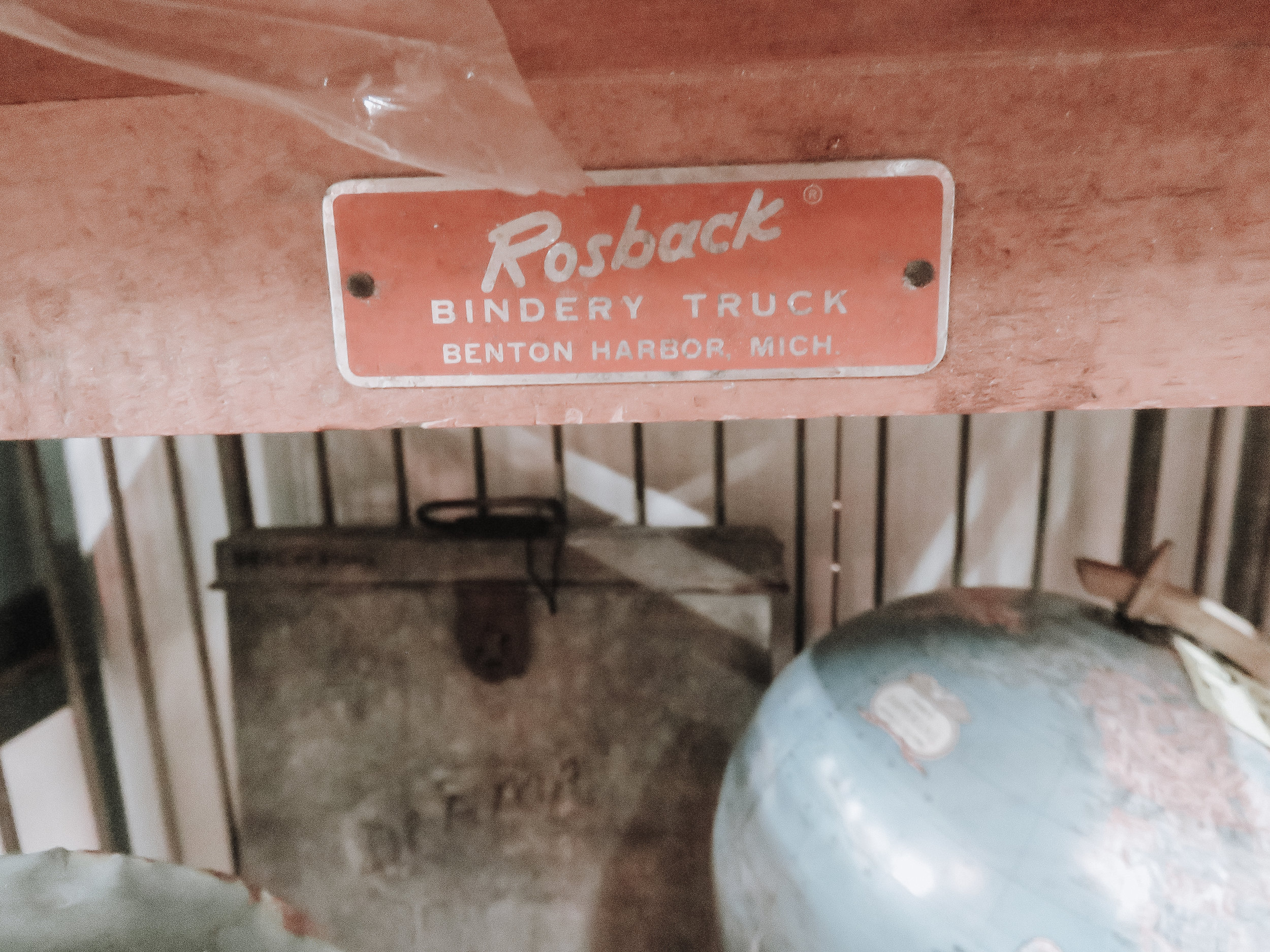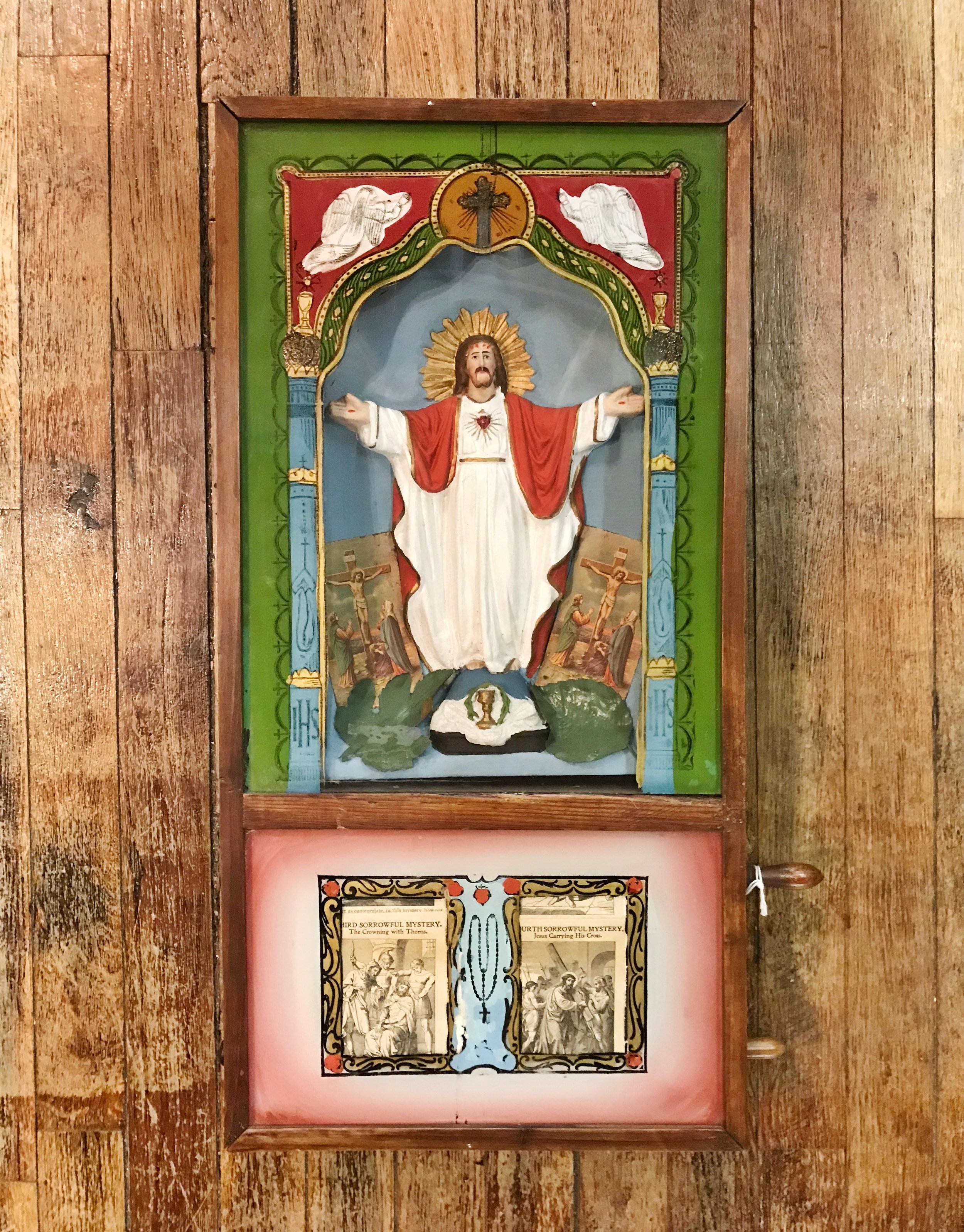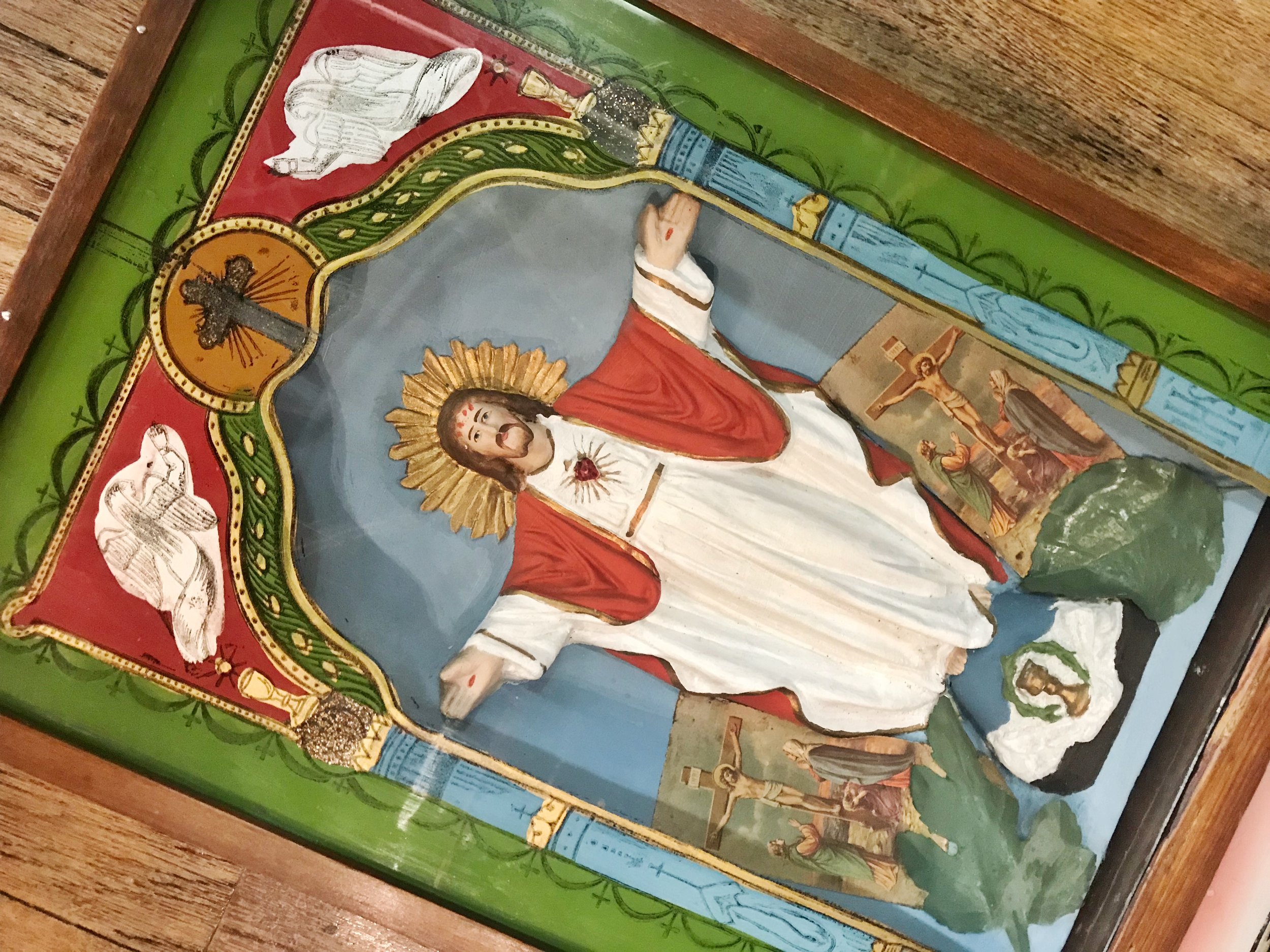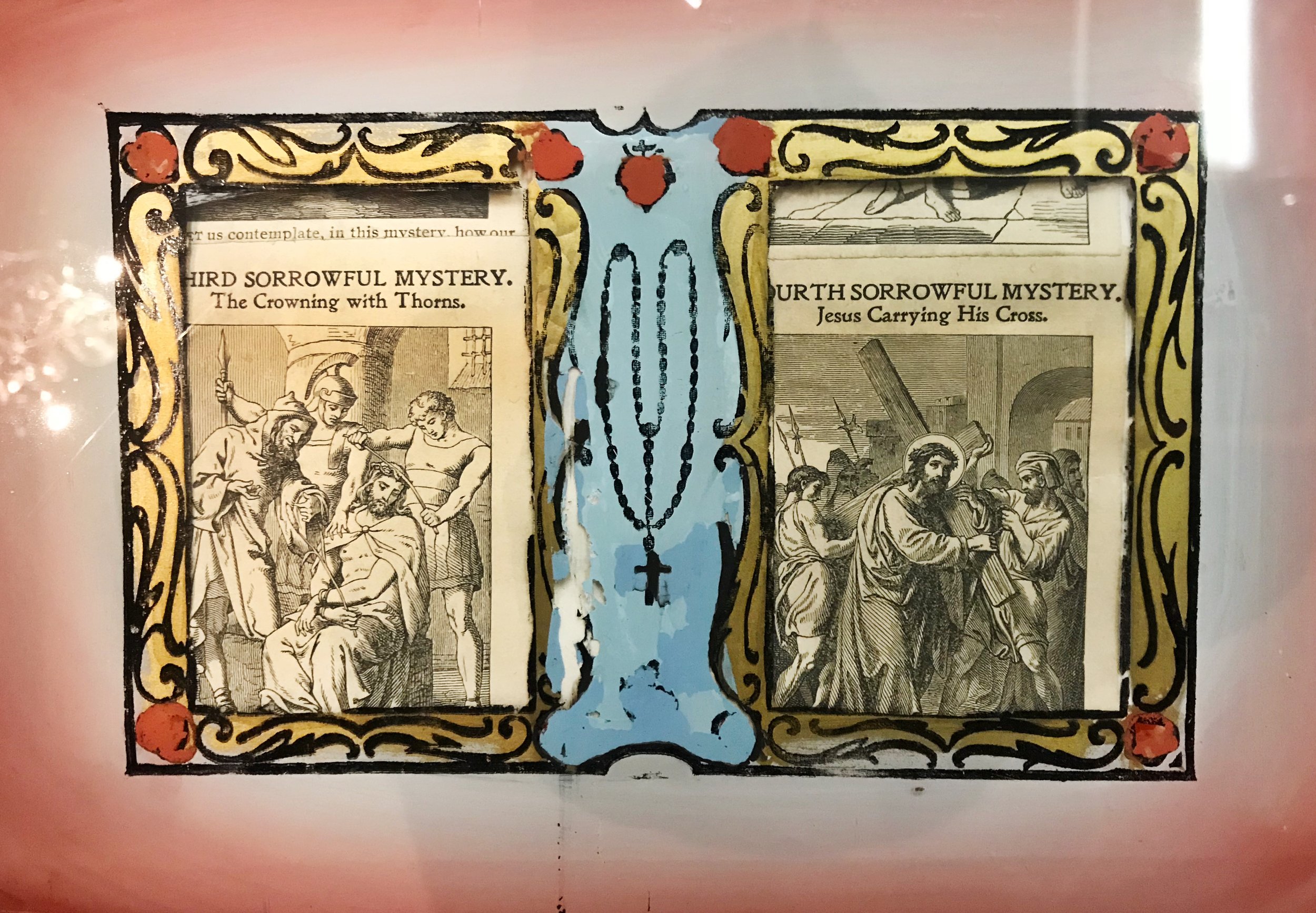So many of you have been chatting with us about booth displays and design, so we’d like to introduce you to the crew behind it all! Our NAT team oversees the majority of the design elements throughout the mall, and we have been able to find some of the most talented people in town who love their job and have quite the knack for design. The NAT squad does everything from arranging furniture to dusting and sweeping. We LOVE our team and are beyond thankful for all of their hard work. Next time you stop by the store, say hello and give them a high-five for all their creativity and inspiration.
K A S E Y
H B I C / O W N E R
Kasey is an interior designer and owner/operator of The NAT. After graduating from the Art Institute of Dallas, she moved back to Amarillo and opened her first store, Nest Interiors. In 2012, she opened the historic NAT ballroom. Kasey is the heart and soul of The NAT with a get-s***-done attitude. She is our hero/champion/cheerleader/BFF.
Nickname: Kase
Spirit Animal: Tiger
Favorite Junk Food: Peanut M&M’s
Favorite Animated Movie: Ratatouille
Celebrity Crush(es): Matthew McConaughey! Maybe it’s a Texas thing…?
Guilty Pleasure: Online Shopping! I know, I know…Shop Small + Support Local. But can’t you do both!?
Hobby: Camping with our kids!
Childhood Hero: I was always trying to conduct experiments in the backyard like Bill Nye, but after reading Matilda, I wanted to move everything with my mind. Needless to say, my parents were super thrilled about that! LOL
What’s in Kasey’s bag?
K A T
W O M A N A G E R
Kat is an Amarillo-born designer. She has worked at The NAT for seven years and is our resident chief of stuff. Think culture, project management, scheduling, design (graphic + interior), a little HR, and a little IT. Kat writes the majority of the content for The NAT blog; she even wrote this bio. In Kat’s world, doodles come first, snacks come second, and scrolling Instagram is always productive.
Nickname: Uh, Kat?
Spirit Animal: Salem the Cat.
Favorite Junk Food: Pretty much anything with queso on it, or tequila in it.
Favorite Animated Movie: Fantastic Mr. Fox
Celebrity Crush(es): Chrissy Teigen. Kristen Bell. Jason Momoa.
Guilty Pleasure: Reality TV.
Hobby: Do naps count?
Childhood Hero: Jesse Greenwood from Free Willy. #savethewhales
What’s in Kat’s bag?
C H A R L I R A E
F L U F F M A S T E R D E L U X E
Charli Rae is a maker, designer, and creator. She grew up in a farming family in Oklahoma and Arkansas, but she got to Texas as soon as she could. Since she was a kid, she’s envisioned things to make, collecting found objects, and staging them (which comes in handy, because she’s also a Realtor! Holler at ya girl if you’re looking to buy/sell) She is married to her best friend, Craig, and they have one rockstar kid named Tullar. Charli loves The NAT because it houses so many of her favorite things - including her coworkers.
Nickname: CR, Crae, Rae, Rae-Rae, Charles, Chuck, Chuckles….the list really goes on and on!
Spirit Animal: Tina Fe + Amy Poehler
Favorite Junk Food: Chips, Salsa, Queso, and beer.
Favorite Animated Movie: I don’t have one, but I do love me some Daria!
Celebrity Crush(es): John Krasinski!
Guilty Pleasure: Watching Real Housewives by myself with a glass of wine.
Hobby: Hand-lettering, sewing, refinishing furniture. Making anything look prettier, tbh.
Childhood Hero: John Cleese - I was raised on BBC and British humor!
What’s in Charli’s bag?
N I C H O L A S
E M O T I O N A L S U P P O R T D A W G
Nick was born and raised in Amarillo, Texas. He is a graphic designer and artist. He loves watching films from all eras in his spare time. His dog is his favorite person in the whole world. Nick loves learning about philosophy and religion. #nerd
Nickname: Nick
Spirit Animal: A baby bear.
Favorite Junk Food: Taki’s and Hummus is my fave.
Favorite Animated Movie: ParaNorman!
Celebrity Crush(es): Emma Stone and Chris Pratt.
Guilty Pleasure: Eating ALL the food!
Hobby: Movie-watching.
Childhood Hero: Davey Muise! I met him once and he was super nice to me.
What’s in Nick’s bag?
A N N E M A R I E
L A M E J O K E S T E R
Annemarie is originally from Plano, Texas, and moved to Amarillo for College. She recently graduated with a theater performance degree. She is maybe the biggest Mavs fan, and is absolutely obsessed with Dirk Nowitzki. Her best friend is her cat, Phil. One day she hopes to visit every state in the United States, and possibly every country! She loves working at The NAT, and loves meeting new people from all over the world.
Nickname: Annemar-YEET
Spirit Animal: A wolf!
Favorite Junk Food: Ben + Jerry’s “The Tonight Dough”
Favorite Animated Movie: Up <3
Celebrity Crush(es): OMG. Ryan Gosling!
Guilty Pleasure: I love dancing around to Fleetwood Mac when I’m home alone.
Hobby: Hiking
Childhood Hero: Dirk Nowitzki *insert heart eyes emoji*
What’s in Annemarie’s bag?
V E R O N I C A
F A I R Y G O D S I S T E R
Veronica is a local artist who loves playing dress up and collecting vintage fashion and toys. She grew up in Amarillo, and recently relocated back to her hometown after earning her BFA from Rocky Mountain College of Art + Design. When she is not frequenting local thrift stores and painting murals, you can find her watching cartoons with her beloved cat companion.
Nickname: V
Spirit Animal: A doe! (A deer! A female deer!)
Favorite Junk Food: Cold Brew
Favorite Animated Movie: Spirited Away
Celebrity Crush(es): Jhonen Vasquez
Guilty Pleasure: Y2K Dance Music! You can definitely catch me dancing in my car all the time!
Hobby: Thrift Shopping!
Childhood Hero: It sounds so cheesy, but MY MOM! <3
What’s in V’s bag?
Shoutout to our staff who are nothing short of miracle workers! We are, as they say, #blessed

































